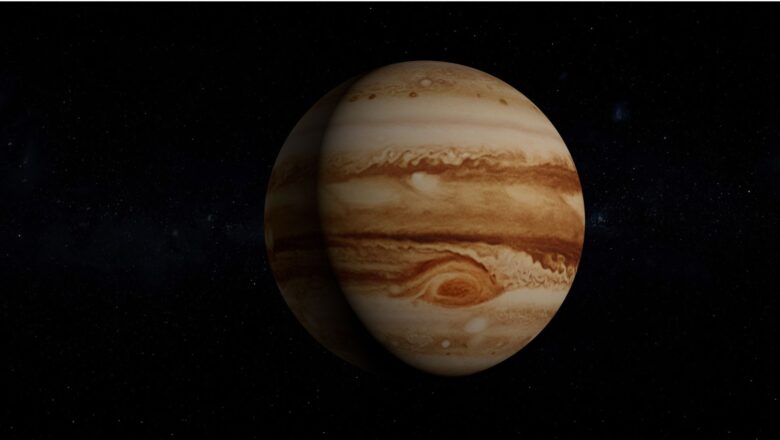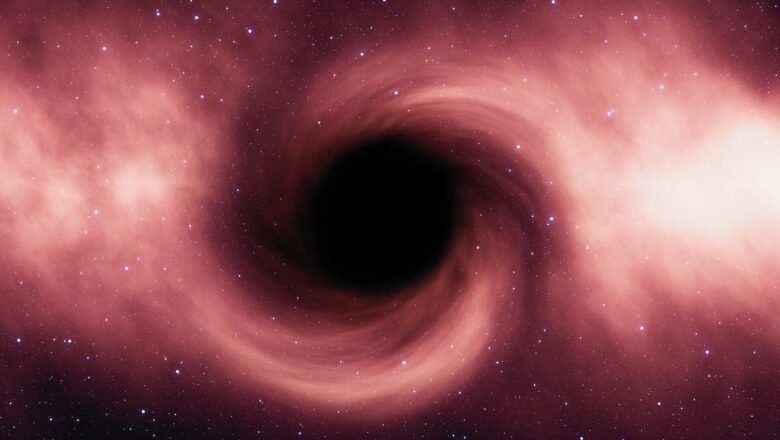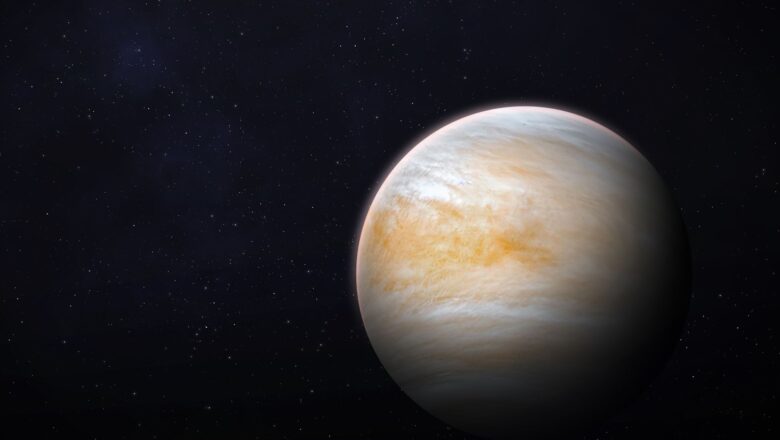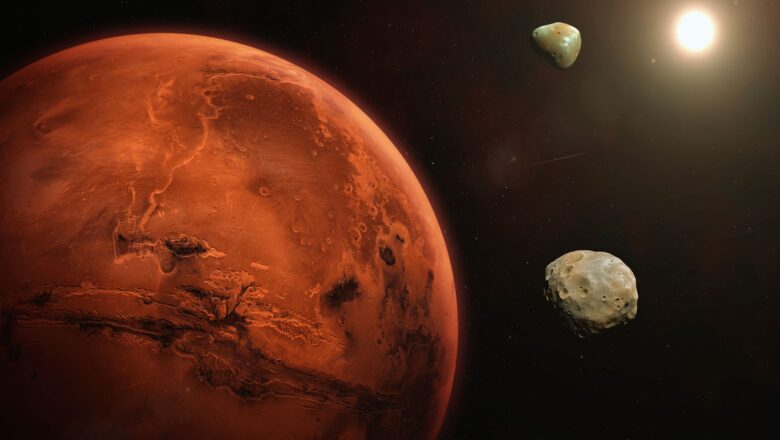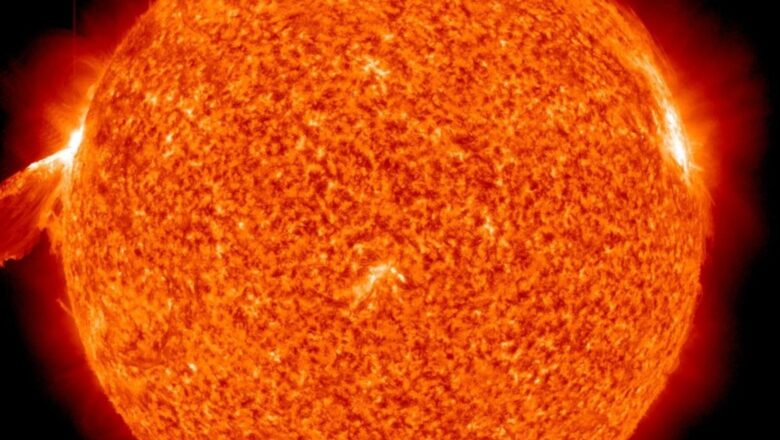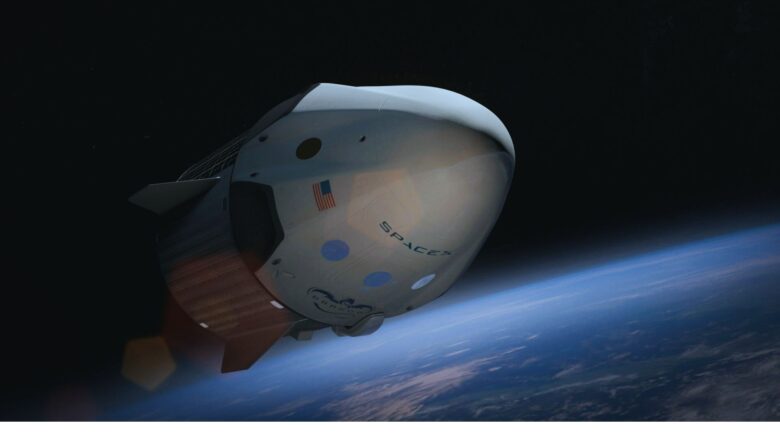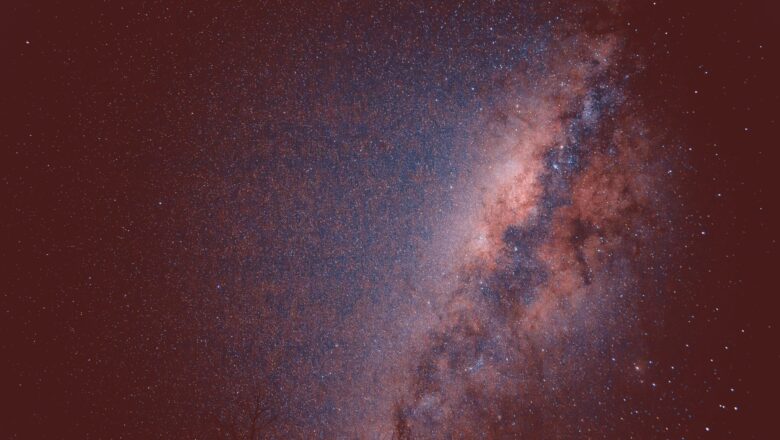
Sunita Williams Engages Students with Insights on Life in Space
Indian-origin astronaut Sunita Williams recently held an inspiring virtual session with students from Sunita Williams Elementary School in her hometown of Needham, Massachusetts. Williams, a seasoned space traveler, shared fascinating insights about life aboard the International Space Station (ISS), focusing on the unique challenges of drinking liquids in microgravity.
During the session, Williams explained how fluids behave differently in space due to the absence of gravity. Using special pouches designed for space use, she demonstrated how astronauts drink without spilling. The interactive demonstration offered students a captivating glimpse into the adaptations required for living and working in space.
A video of the event shows Williams explaining these concepts while interacting...



